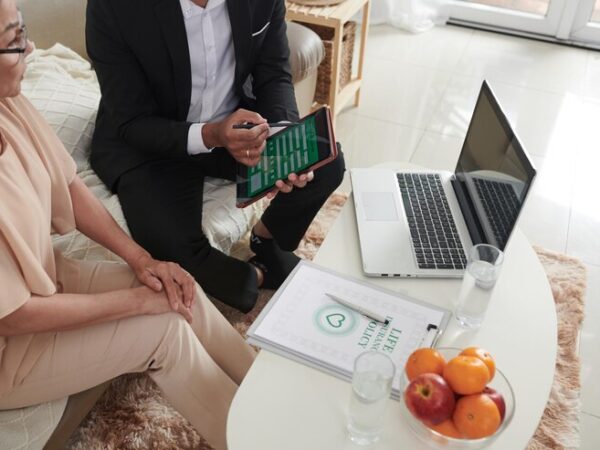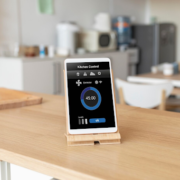In every corner and shelf of a marketplace, one common element that directly interacts with customers is retail packaging. From holding and protecting the product to being a silent salesman, retail packaging design plays a quintessential role in the retail environment.
“Packaging can be theater, it can create a story” – Steve Jobs once said, pointing out the significant role packaging design has in our consumer culture. However, creating that effectively engaging and compelling “story” through packaging is easier said than done.
With the dynamic nature of consumer behavior, the escalating competition, and the increasing demand for environmental sustainability, retail packaging design has become an intricate balancing act. This article aims to shed light on the numerous challenges encountered in creating a successful retail packaging design.
Standing Out in a Crowded Market
In an age where new products are introduced daily, standing out amid the clutter becomes increasingly intricate. Packaging designs are scrutinized for their ability to command attention, convey brand essence, and entice purchasing decisions in mere moments.
“Design is a silent ambassador of your brand.” – Paul Rand
Designers must balance aesthetics, function, and alignment with brand identity while keeping in mind that, “attention spans are short, and first impressions/takes matter,” as noted by Michael Bierut, a partner at the international design consultancy Pentagram. A survey by The Paper Worker indicates that one-third of a consumer’s decision making is based solely on the product packaging.
Responding to Changing Consumer Behavior and Expectations
Modern customers are more informed and have higher expectations. They seek authenticity, transparency, and convenience. Packaging design is expected to communicate all this whilst being visually appealing.
A 2020 study by Accenture showed that 68% of consumers are actively investing time and effort into learning more about a product or brand beyond the packaging information presented to them. This signifies the increasing necessity of a packaging design that exudes authenticity and facilitates trust.
Sustainability – A High Stakes Balancing Act
Today, sustainability has moved from being a mere business strategy to being a global issue. But with sustainability comes a new set of hurdles. Designers face the challenge of creating packaging designs that appeal to the eye, protect contents, are cost-effective, and yet, have minimal environmental impact.
A 9 Nielsen Survey found that 49% of global respondents were very/extremely concerned about the environmental impact of product packaging. This has compelled designers to incorporate biodegradable and renewable packaging solutions into their designs, with the promise of a balance between profitability and planet preservation.
“Design can change the world” affirmed Robert Peters, and changing it in a eco-friendly manner has become the modus operandi.
Meeting Regulatory Requirements
Retail packaging designers today are expected to be experts not just in design aesthetics but also in regulatory requirements. The packaging should comply with regulations depending on its applicability like food safety, dangerous goods transportation, child resistance, etc.
“Designing with compliance in mind is as much a necessity as thinking out of the box” – Carrie Byrne, Packaging Specialist at Jade Monk.
The Demand for Innovative Packaging Solutions
With advancements in technology, there is a demand for smart packaging solutions that interact with users, provide additional information through QR codes, or enhance product features via augmented reality. Keeping pace with these innovative technologies, while maintaining the primary packaging functions and remaining cost-effective, proves to be a challenge.
Breaking the Paradox
For a consumer, packaging often becomes the first physical interaction with a brand. It thus holds immense potential to make or break the perceived product value. However, the path to developing an unforetold relationship between a consumer and a product through retail packaging design is riddled with difficulties.
In this intricate dance between design aesthetics, functionality, sustainability, cost-effectiveness, and compliance, the challenges are substantial. However, as Dieter Rams – a stalwart of industrial design, puts it, “Good design is making something intelligible and memorable.” Overcoming these challenges is therefore not just a possibility, but a necessity for the growth and success of any brand.
Indeed, in mastering this art of overcoming challenges in retail packaging design, lies the capacity to create a meaningful and long-lasting brand-customer relationship.
Also Read: Ramco Concentrix Com.













